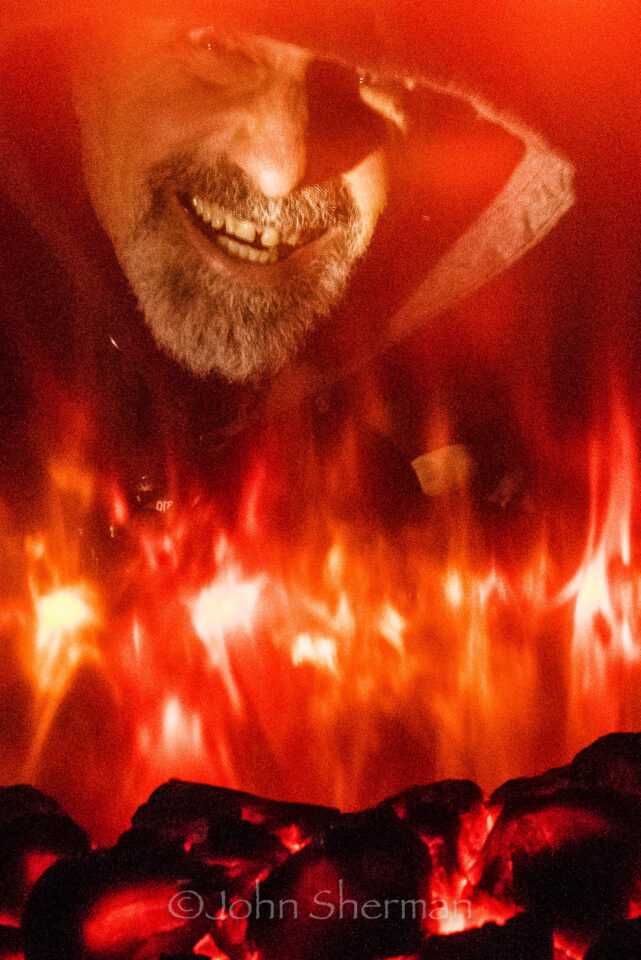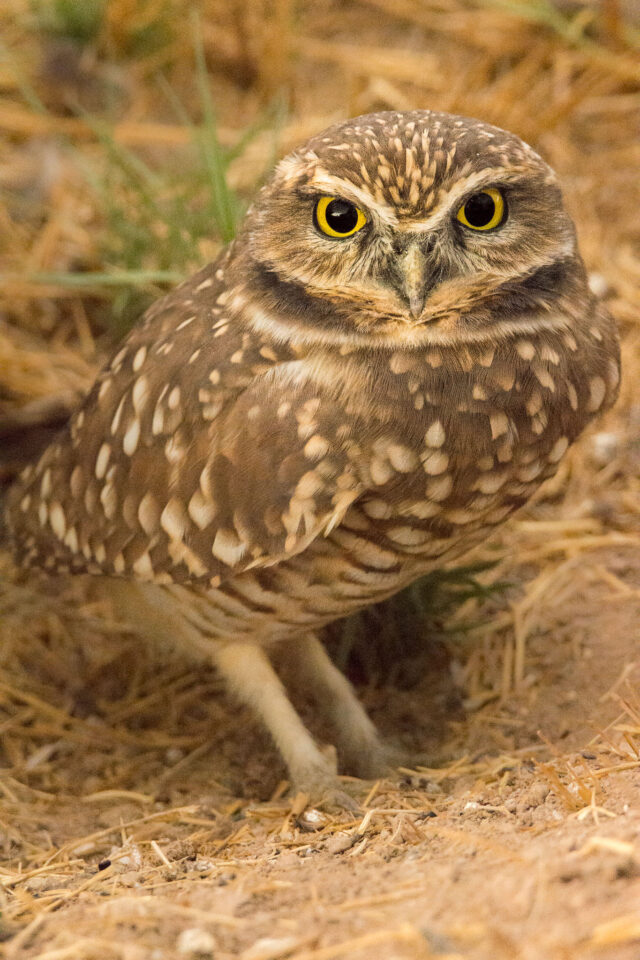Noise is the sleet storm Satan drenches our photos in when we stupidly leave our tripod in the trunk thinking VR will save our lazy butt, but instead we end up shooting at quadruple digit ISOs. In this article, we will take a look at a couple of techniques on how to reduce noise and how to avoid it in the first place.

NIKON D810 + 16-35mm f/4 @ 32mm, ISO 12800, 1/25, f/16.0
That grainy look to our photos is the punishment for our lack of photographic purity and wholesomeness. So how can we go about trying to minimize noise in our images and fool people into thinking we are without sin? I’m glad you asked.

NIKON D7200 + 150-600mm f/5-6.3 @ 500mm, ISO 10000, 1/1600, f/10.0, ©Dawn Kish
My girlfriend has this nasty habit of taking better photos than me. To fix this problem, when we see a great subject like this Burrowing Owl. I hand her my D7200 set at White Pelican in Flight settings (-1 stop exposure compensation with Auto ISO enabled). Before she knows it, she’s already at 10000 ISO and still underexposing as seen above. Ha, I win! Talk about a recipe for noise stew. Fortunately, she’s kindly let me use the resulting file to demonstrate some noise reduction tricks and I only have to wash all the dishes for the next ten years.

NIKON D7200 + 150-600mm f/5-6.3 @ 500mm, ISO 10000, 1/1600, f/10.0
Here’s a version I tweaked in Lightroom. It looks minimally noisy to me and get this, I didn’t nudge the sliders in the noise reduction panel at all to get this result.
Before we get into how to minimize the appearance of noise in our images let me state here that noise is one of the least important components when it comes to an image’s strength and appeal. Good composition, alluring lighting, proper exposure, appropriate focus, astute timing, etc. etc. are all much more important to a photo’s success. Noise is the last nitpicky thing I worry about when working on a photo. Some noise can even be desirable, for instance if you’re trying to achieve the gritty B&W photojounalistic look that came from the days of Tri-X film (very popular in the 60s and 70s). That said, at a certain point, noise can get so bad it degrades image quality by obliterating fine detail.
This article is written assuming we are capturing RAW images, not jpegs. In it, we’ll discuss controlling noise both in camera and when post-processing in Lightroom. Further noise reduction in other software programs such as Noise Ninja or Topaz DeNoise is beyond the scope of this tutorial.
